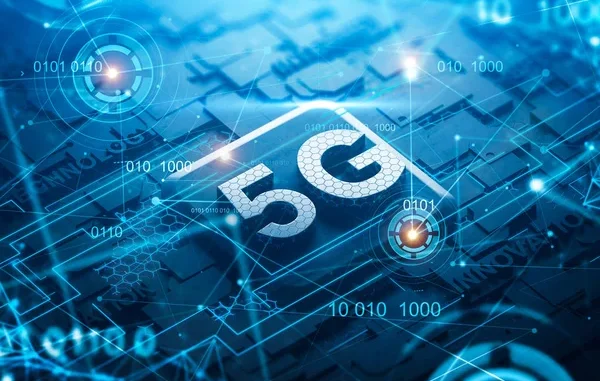
The transition to 5G technology is not without its challenges, particularly concerning the vulnerabilities inherited from legacy systems. As 5G networks are designed to interoperate with existing 4G infrastructure, they carry forward several security issues that can compromise the integrity and security of the new networks.
1. Inheriting Security Flaws – 5G networks are often built on top of existing 4G LTE networks, which contain various security vulnerabilities. These legacy systems may be susceptible to attacks such as Distributed Denial of Service (DDoS) and issues related to signaling protocols like SS7 and Diameter.










These vulnerabilities can be exploited by attackers to impersonate users, conduct fraud, or disrupt services.
2. Interoperability Challenges
The need for interoperability between 5G and legacy systems means that any weaknesses in the older networks can affect the security of the newer infrastructure. For instance, if legacy systems are not adequately patched or secured, they can expose 5G networks to modern threats, making it easier for cybercriminals to exploit these vulnerabilities.
3. Inadequate Security Protocols
Many legacy systems utilize outdated security protocols that do not meet the requirements of modern cybersecurity standards. As 5G networks rely on these protocols for communication, they inherit the same vulnerabilities, which can lead to data breaches and unauthorized access.
4. Increased Complexity
The integration of legacy systems into 5G networks adds a layer of complexity that can complicate security management. This complexity can lead to misconfigurations or oversights in security measures, leaving networks exposed to potential attacks.
5. Potential for Exploitation
Cybercriminals are likely to exploit the vulnerabilities present in both legacy and 5G systems. The combination of older, less secure technologies with the advanced capabilities of 5G creates a fertile ground for sophisticated attacks, including spoofing and user impersonation.
Conclusion
In summary, the vulnerabilities inherited from legacy systems pose significant risks to the security of 5G technology. Addressing these challenges requires a concerted effort to update and secure existing infrastructure while implementing robust security measures in the new 5G networks. Ensuring that both legacy and modern systems are adequately protected is crucial for safeguarding against potential cyber threats.


Leave a Reply